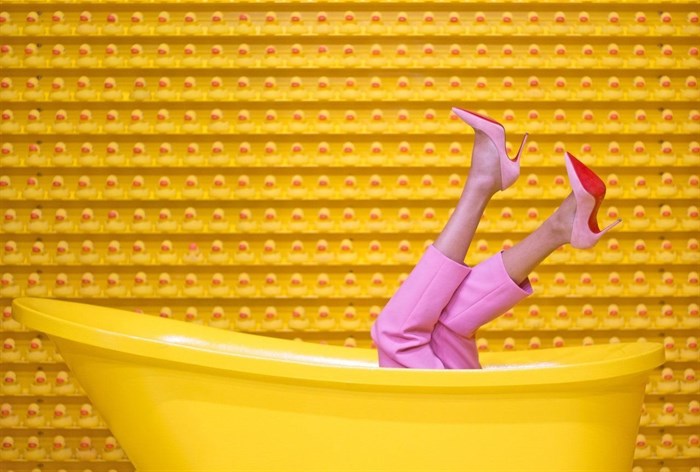The heels with the red soles represent not only the image of a fearless and independent woman but are also synonymous with the famous name Christian Louboutin since 1992. The shoes are known for their distinctive red soles that are usually in stark contrast to the remainder of the shoe.

Image source: Snack Toronto from
PexelsYes, trade marks are not merely for logos and brand names but could take the form of, amongst others, colour, smell, container, or shape. Despite these product identifiers being inherently incapable of distinguishing the specific goods from another, they may very well become distinguishable through extensive use; are substantially different; and are very unusual. Naturally, Christian Louboutin applied for a trade mark protecting their red sole in 2008.
Secondary meaning
In 2011, Yves Saint Laurent (YSL) started marketing monochrome red shoes with a red sole. Accordingly, Louboutin instituted legal proceedings, where YSL contended successfully in the US District Court that the marks were lacking distinctiveness and had failed to acquire secondary meaning since you cannot preclude anyone from using a single colour in the fashion industry. ‘Secondary meaning’ is when a distinctive product feature can identify the source of the product rather than the product itself. Unsatisfied with the outcome, Christian Louboutin appealed to the US Court of Appeal which held that the red sole mark had indeed acquired secondary meaning since the red sole was capable of identifying the source of the product. Accordingly, the red sole trade mark was held to be enforceable, but only ”to a red lacquered outsole that contracts with the color of the adjoining ‘upper’” and concurred with the Court a quo insofar as it “declined to enjoin the use of a red lacquered outsole as applied to a monochrome shoe”.
Janine Hollesen 4 Mar 2021 Van Haren suit
In 2018, Louboutin’s luck was tested again when the European Union’s highest court was asked to review his claim to his shoes’ distinctiveness. Louboutin had filed a lawsuit in 2011 against Van Haren, a Dutch company whose retail outlets were selling affordably priced high-heeled women’s shoes with red soles. Louboutin claimed that the shoes sold by Van Haren infringed on his brand’s trade mark for footwear. That trade mark, registered in Belgium, the Netherlands and Luxembourg, referred to “the color red (Pantone 18 1663TP) applied to the sole of a shoe.” Maciej Szpunar, an advocate general for the court, said that Louboutin’s red soles were not a separate entity from the shape of his high-heeled shoes, and shapes typically cannot be trademarked under European Union law. However, in 2019, Den Haag found in favour of Christian Louboutin after asking ECJ for a precise interpretation of the term “shape”. A sign consisting of a shape and a colour, in which the shape plays a role in the spatial delimitation of the colour, does not consist exclusively of the shape of the product. The addition of a colour to the shape mark therefore prevents the application of the ground for exclusion laid down in Article 2.1.2 of the Benelux Agreement.
Meanwhile, in Japan
Most recently, Christian Louboutin was handed a loss in Japan after instituted infringement proceedings against Eizo Collection Co Ltd, claiming that they were infringing on their red sole trade mark and were unlawfully competing. The Japanese court was unpersuaded that the red sole trade mark had acquired secondary meaning since red soles have commonly been used in Japan to attract consumers. Moreover, the Court held that consumers were unlikely to confuse the goods since a famous pair of Louboutin heels could “cost you an arm and a leg” and can price up to $700 and, therefore, the argument that Eizo is unlawfully competing was speculative.
In the case of Libertel Groep BV v Benelux-Merkenbureau, the Dutch court stated that the mark must be represented graphically in a clear, precise, self-contained, easily accessible, intelligible, durable, and objective manner, which requirement may be satisfied by designating the specific colour (pantone colour).
It remains to be seen what the outcome would be in a South African court should such a dispute ever arise. Would the famous red sole shoe company be able to establish secondary meaning, or would their claim get the boot? Perhaps our courts would be inclined to side with the Japanese since Louboutin is not the only shoe with a red sole and will surely not be mistaken for the goods of others, given the hefty price tag. Arguably, if it were to be held that Louboutin had indeed acquired secondary meaning, they may only be able to enforce protection insofar as it pertains to that specific red or one that is capable of being substantially similar or confusing to consumers.











































